Spanish cuisine is not just food; it is a journey through centuries of history, culture, and regional diversity. Each dish tells a story: of the sun-drenched Mediterranean coast, the fertile plains of Castilla, the lush mountains of Galicia, and the vibrant streets of Andalusia. From humble ingredients like tomatoes, garlic, and olive oil to luxurious delicacies such as Jamón Ibérico and seafood paellas, Spanish food embodies the essence of its people: passionate, inventive, and deeply connected to the land.
Exploring Spanish cuisine is a sensory adventure—where flavors, aromas, and textures combine to create unforgettable experiences. Meals are not just sustenance; they are celebrations, social rituals, and expressions of local identity.
This guide will take you on a complete culinary journey, highlighting iconic dishes, regional specialties, traditional desserts, beverages, and tips for experiencing authentic Spanish food. By the end, you will understand not just the flavors, but the history and culture that make Spanish cuisine a true world treasure.
Table of Contents
Toggle1. Iconic Dishes of Spain
Paella
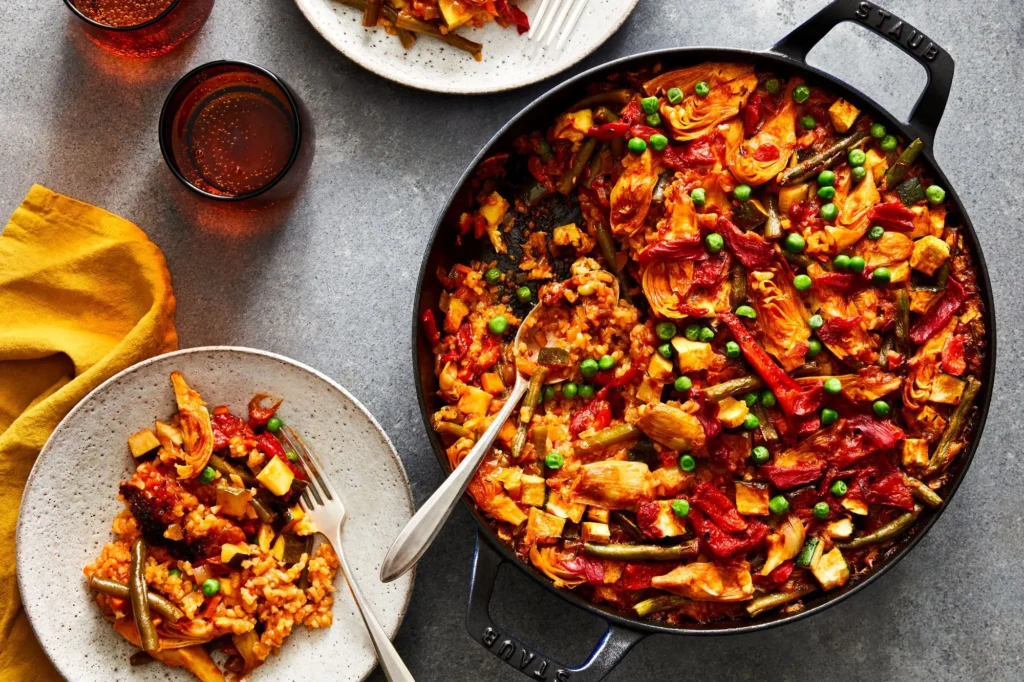
Originating from Valencia, paella is Spain’s most famous dish. Traditionally cooked over an open flame, it features short-grain rice infused with saffron and includes proteins like chicken, rabbit, seafood, or vegetables. The socarrat—the crispy rice layer—is highly prized.
Tip: Use authentic Bomba or Calasparra rice for perfect texture
Tortilla Española
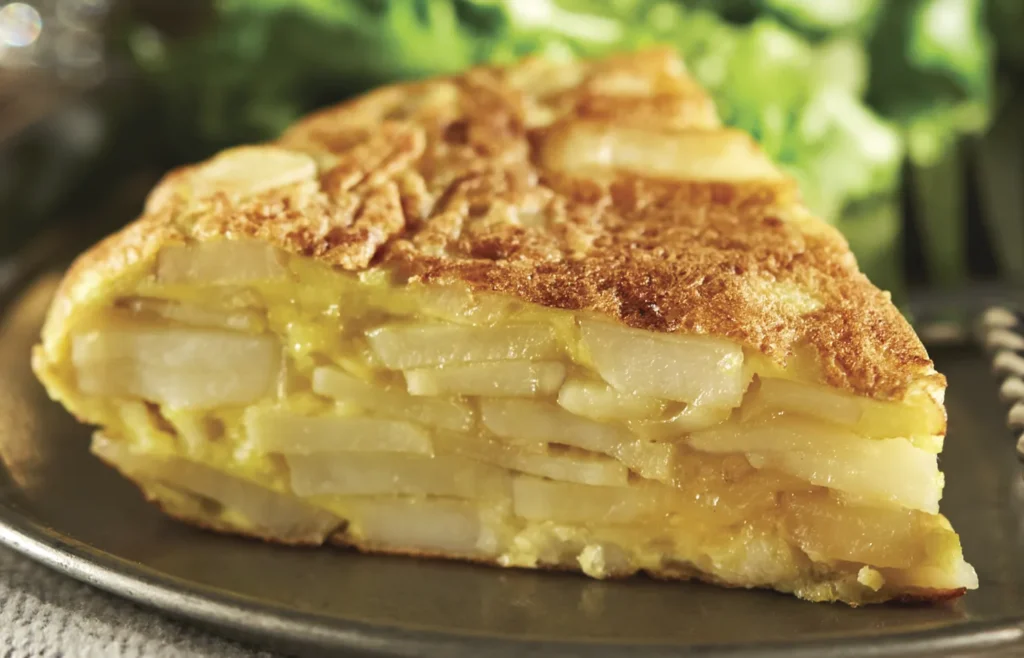
A classic Spanish omelet with potatoes and onions. Typically served at room temperature, it is a staple in households and tapas bars.
Gazpacho
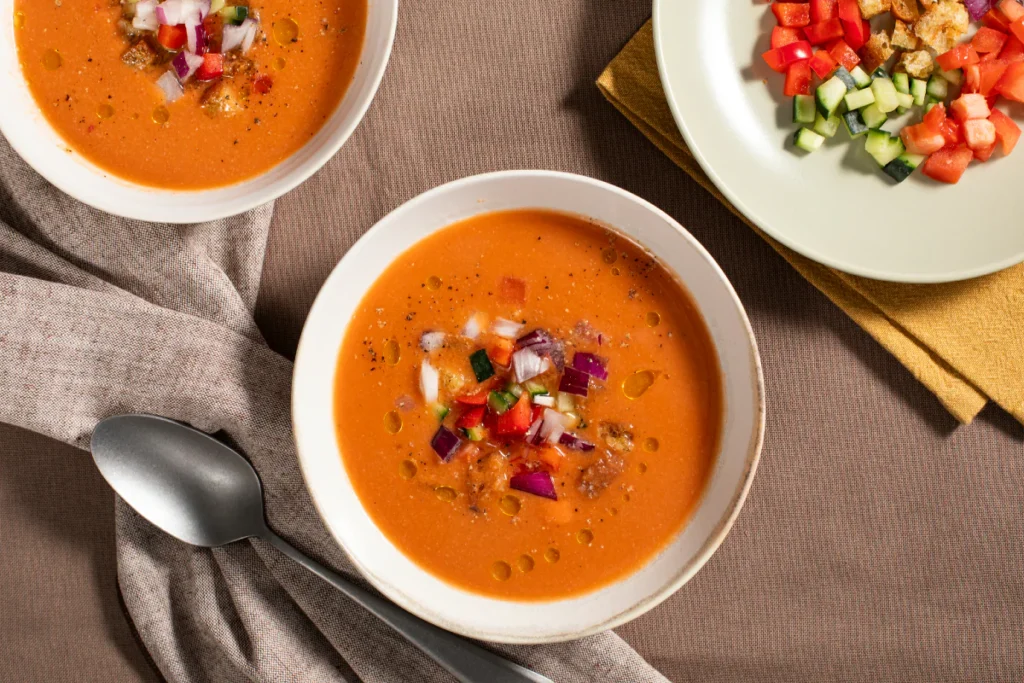
A cold tomato-based soup from Andalusia blended with cucumbers, peppers, onions, and garlic. Refreshing and perfect for summer.
Fabada Asturiana
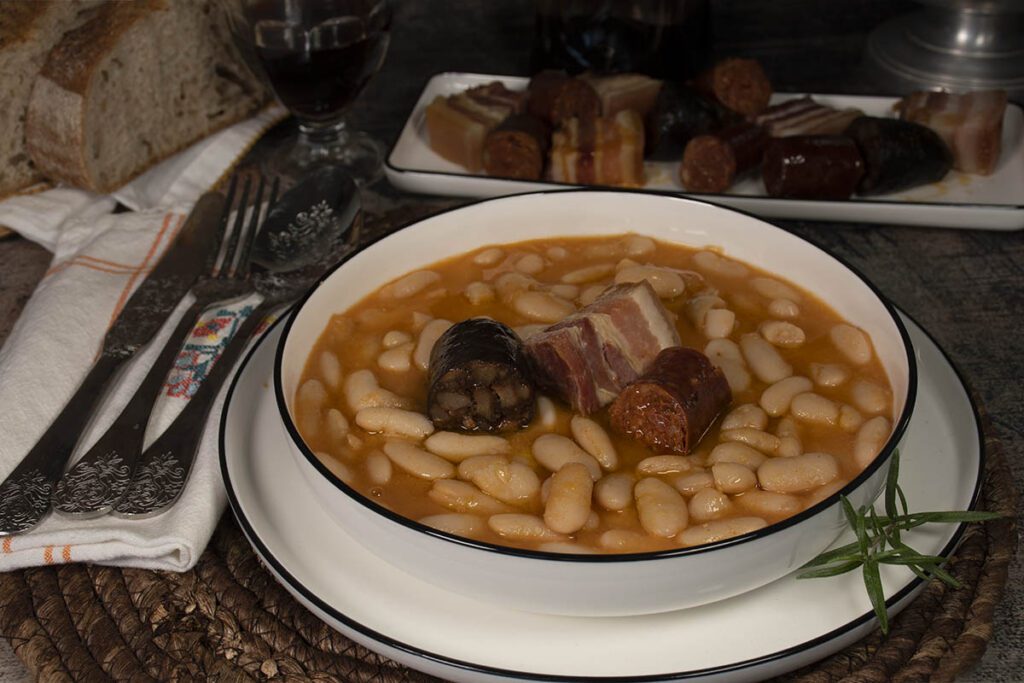
A hearty bean stew from Asturias, made with white beans, chorizo, morcilla (blood sausage), and pork. Perfect for colder months
Calçotada
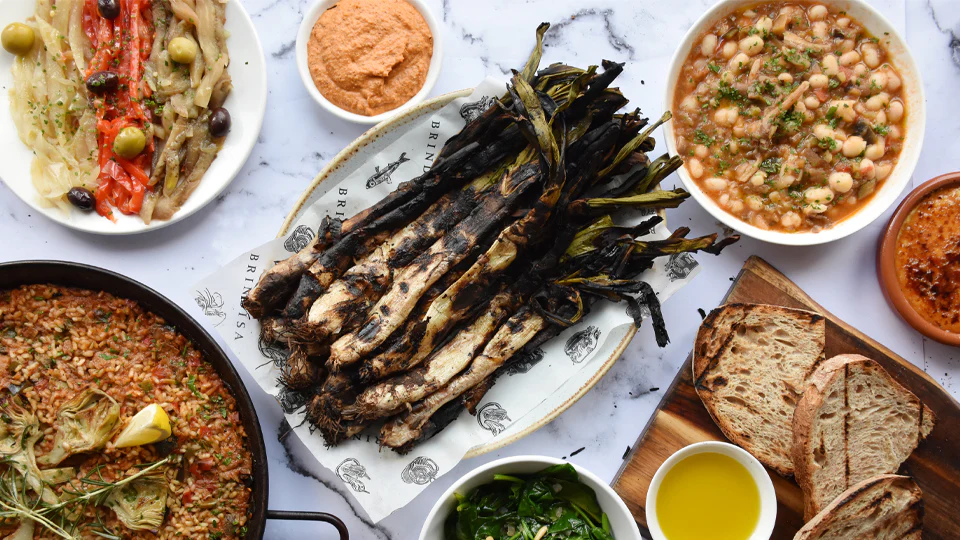
A Catalonian specialty featuring calçots (grilled green onions) served with romesco sauce, often celebrated in winter festivals.
2. Tapas and Small Plates
Tapas are small, shareable plates that define social dining in Spain. Must-try options include:
Patatas Bravas: Fried potatoes with spicy tomato sauce.
Gambas al Ajillo: Garlic shrimp sautéed in olive oil.
Pimientos de Padrón: Small green peppers, mostly mild, occasionally spicy.
Croquetas: Creamy fried balls with ham, chicken, or mushrooms.
Albondigas: Spanish meatballs in tomato sauce
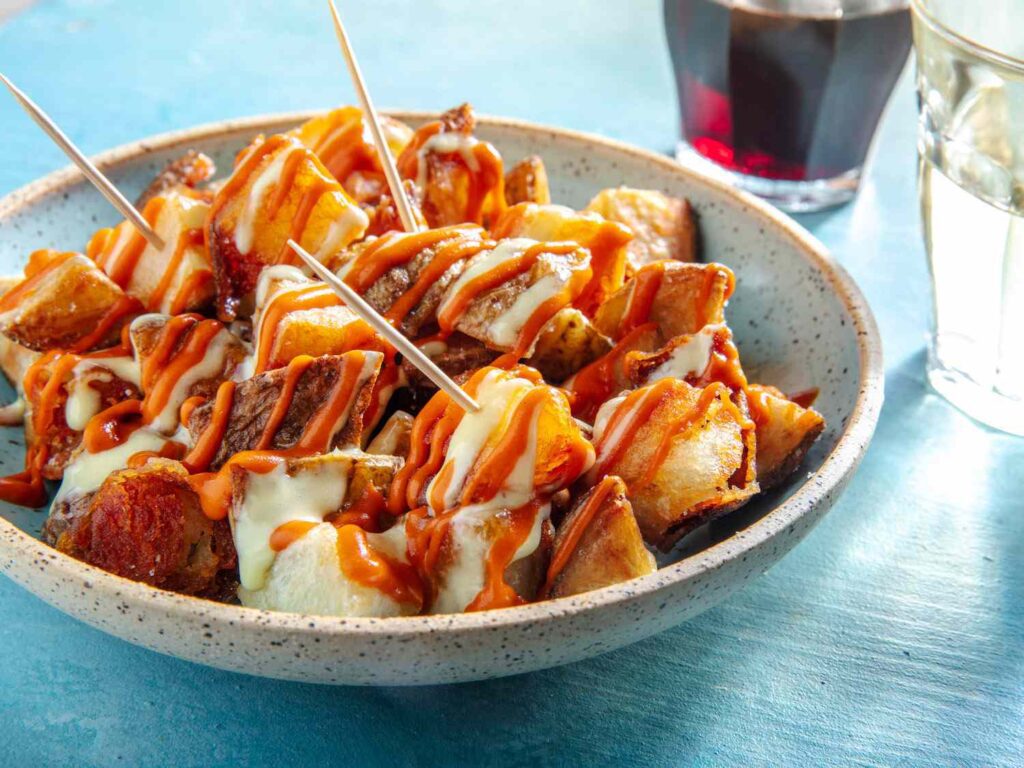
3. Cured Meats and Cheeses
Jamón Ibérico: Acorn-fed black Iberian pig ham, thinly sliced.
Manchego Cheese: Nutty sheep’s milk cheese from La Mancha.
Cabrales: Strong blue cheese from Asturias.
Mahón: Semi-soft cow’s milk cheese from Balearic Islands.
Serving Tip: Pair cheeses and cured meats with local Spanish wines
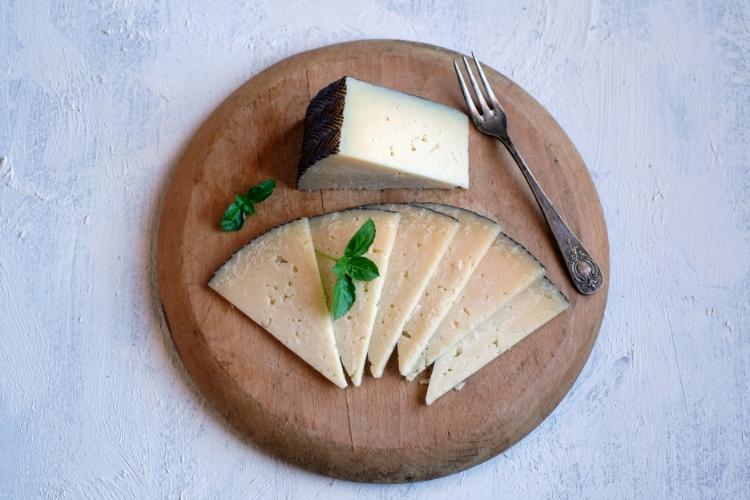
4. Traditional Spanish Desserts
Andalusia: Salmorejo (thick tomato soup), pescaíto frito (fried fish).
Catalonia: Escudella i Carn d’Olla (hearty stew), crema catalana.
Basque Country: Pintxos (bite-sized snacks), Marmitako (tuna and potato stew).
Galicia: Pulpo a la Gallega (octopus with paprika), empanadas.
Valencia: Fideuà (noodle-based paella), Horchata (tigernut drink)
6. Spanish Drinks: Wine, Sherry, and More
Focus Keywords: Spanish wine, Sherry, Cava
Rioja: Red wine, rich and fruity.
Albariño: White wine, crisp and aromatic.
Cava: Sparkling wine from Catalonia, ideal for celebrations.
Sherry: Fortified wine from Jerez, available dry or sweet
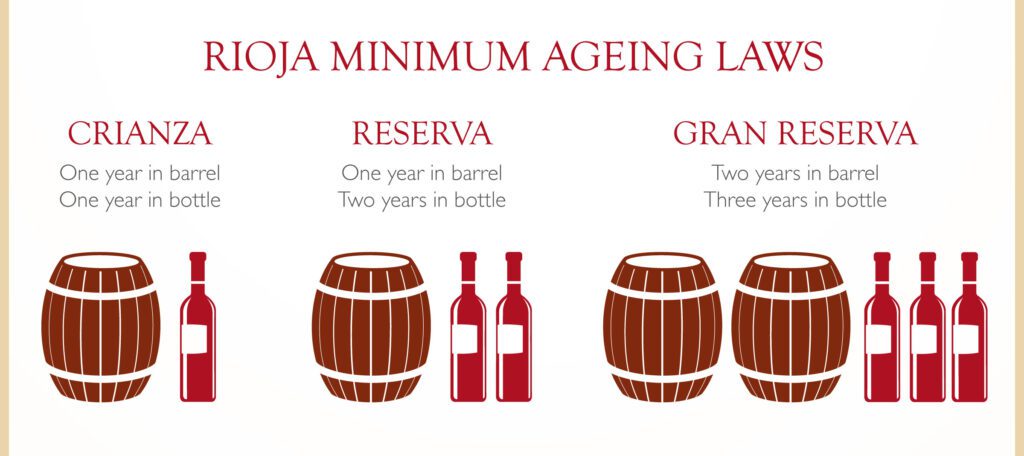
7. Olive Oil and Cooking Essentials
Olive oil is central to Spanish cooking. Spain is the world’s largest producer, offering a range of flavors from mild to robust. Extra virgin olive oil is recommended for salads, frying, and drizzling
8. Tips for Experiencing Spanish Food
Visit local markets for fresh, seasonal ingredients.
Ask locals for hidden gem restaurants and tapas bars.
Take your time: Spanish meals are meant to be savored.
Pair dishes with regional wines for authentic experiences
9. Recommended Culinary Destinations
10. The Enduring Legacy of Spanish Food
Spanish cuisine is a celebration of local ingredients, culinary creativity, and the communal spirit of sharing meals. From paella to crema catalana, each dish connects diners to the history, geography, and culture of its region. Exploring Spanish food teaches patience, respect for traditions, and appreciation for the artisans who preserve these culinary treasures.
This guide is crafted as a comprehensive reference for Spanaly.com, helping readers fully immerse themselves in Spain’s gastronomic landscape, whether planning a culinary trip or experimenting in their kitchen
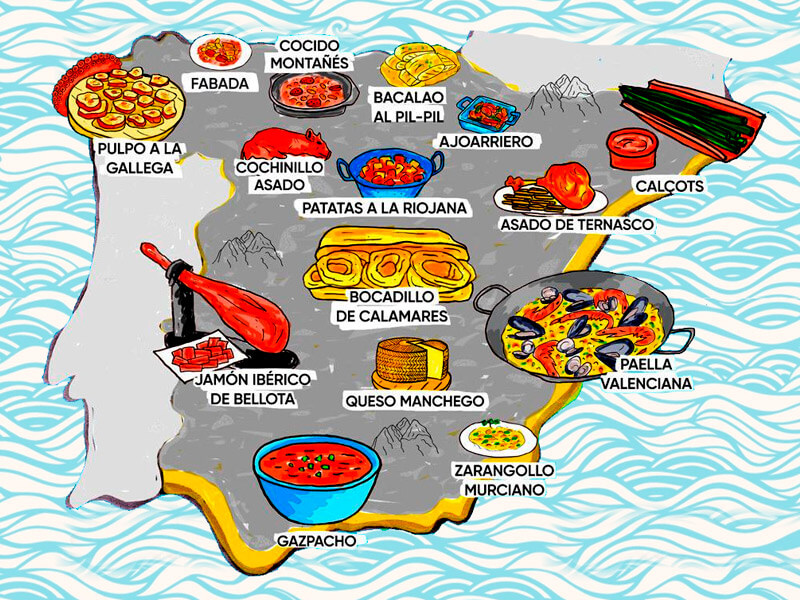


Pingback: Bilbao: From Industrial Past to Cultural Gem of Spain - Spanaly
Pingback: Churros con Chocolate: Spain’s Sweet Delight - Spanaly
Pingback: Carnival in Santa Cruz de Tenerife: Spain’s Spectacle - Spanaly
Pingback: Plaza Mayor: Madrid’s Living Heart - Spanaly